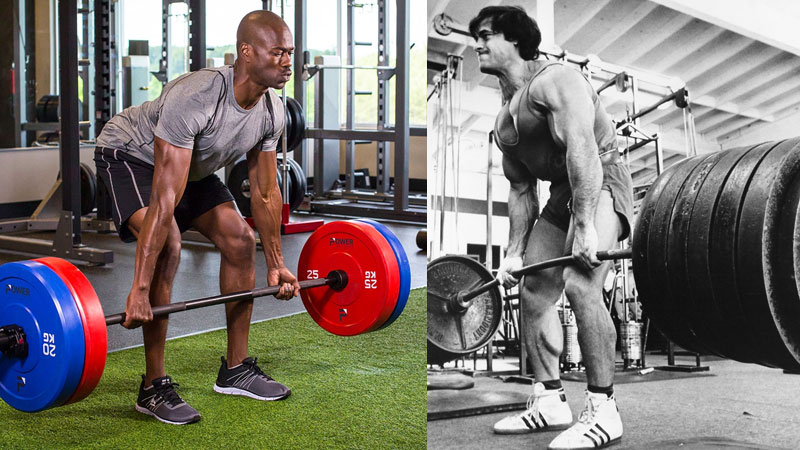
Walk into most gyms and you’ll see a range of different weight plates. From colorful, rubber plates to old and weathered looking cast iron ones. What’s the difference though? And why is it important? That’s what we’re here to find out…
You can tell when you’ve walked into a real lifting gym.
It’s got posters of Arnold and Kai on its sweat-stained walls. Not some pseudo-jacked pretty boy pussy with chicken legs or pictures of sunsets with random inspirational quotes.
Not only does it have a vibe of energy and excitement, the loud clunk of weights and the grunts of chalked-up monsters smashing their way through another high-volume set; it’s got great equipment too.
Machines, heavy dumbbells, rubber plates and cast iron plates. It’s a playground of gains.
Guys are there to work hard. Not f*ck around on their cell phones or film each other doing glute kickbacks for the Gram.
And that means using the equipment in the right way.
If you’re unsure of how and when to use rubber or cast iron plates you need to read this…
Not all Weight Plates Are Made the Same
The invention of the wheel back in ancient Mesopotamia was life-changing.
Not because it helped with transportation, agriculture, energy or industry.
Because it also gave us the weight plate.
From the very first moment the wheel was created, those Greeks were like “fuark, we could attach a bar to these two wheels and get jacked as f*ck”.
And so they did. They were probably the first bros right there. Maybe they didn’t have the snap backs and stringer vests that we have now, but that invention was the beginning.
Fast forward a few thousand years and we’ve got wheels in pretty much every gym in the world.
Weight plates have become the go-to equipment for anyone wanting to pack on slabs of muscle, develop brute-like strength and develop athlete performance.
But what’s the difference between cast iron and rubber plates?
And why does it matter?
Rubber Plates
Otherwise known as ‘bumper plates’, those colorful plates that come in red, blue, green, yellow and white are made of a dense rubber material.
If you drop them they won’t smash in half and they won’t put a hole in the floor the size of Kim Kardashian’s pussy.
Rubber plates were designed for sports like Olympic lifting, where dropping the weight to the floor after a heavy snatch or clean and jerk is part of the game.
Because they’re used during competition, rubber plates are more standardized. They have a set diameter of 450 mm and a stainless steel insert with 2 inch center hole for Olympic bars to pass through.
The color of each plate corresponds to its weight:
- Red – 25 kg (55.12 lb)
- Blue – 20 kg (44.09 lb)
- Yellow – 15 kg (33.07 lb)
- Green – 10 kg (22.05 lb)
- White – 5 kg (11.02 lb)
You can also get much smaller size plates too. These are also colored and vary from a 2.5 kg red plate to a 0.5 kg white plate.
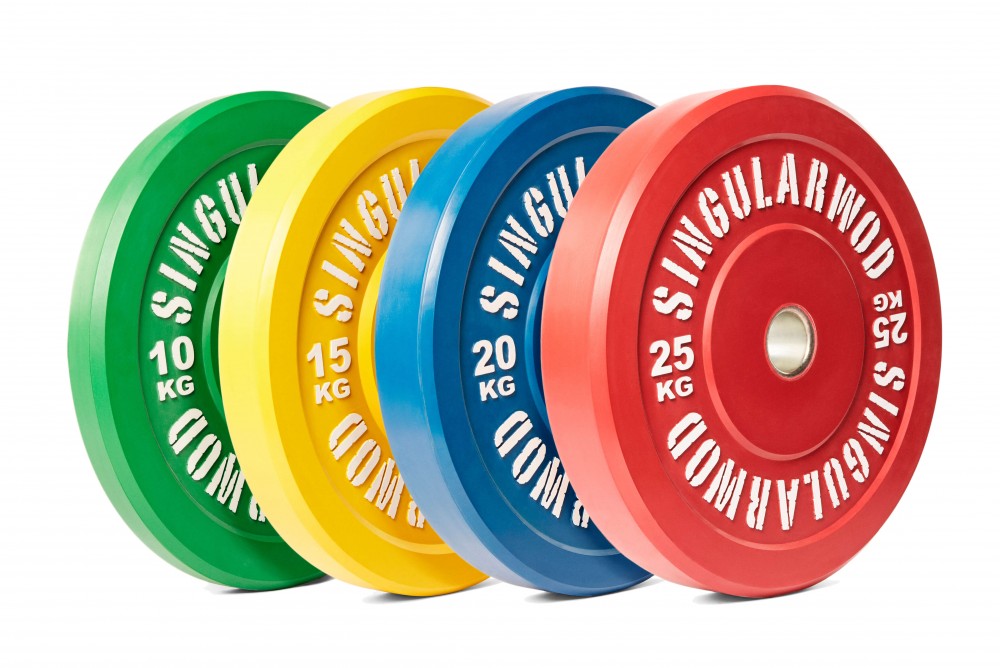
Weight accuracy is good with the more expensive rubber plates
The best quality rubber plates are highly calibrated.
The top ones are within 0.02 lb of their intended weights – as set out in the International Weightlifting Federation (IWF) guidelines.
That means the weight on the bar is exact. But you’ll be paying top dollars for these though and you’ll rarely find them in a typical iron house where bros are likely to throw them around.
You can get cheaper ones (most gyms will get these as they know they’ll get hammered day-in, day-out), but they tend to vary in weight.
Economy bumper plates can be well over 10% out from their intended weight, with tests showing some 45 lb rubber plates could be as little as 38 lb or as much as 59 lb.
‘CrossFit’ bumper plates
Away from the world of competitive powerlifting and Olympic lifting, rubber plates are also popular with CrossFitters.
Within the ‘boxes’ that these guys train in you don’t often find calibrated or standardized color plates.
Instead they tend to be thicker in width and are all black.
They’re also becoming more popular in commercial gyms too as they’re relatively cheaper to buy.
The only problem with them is that the heavier plates are pretty thick (around 3.75 inch in some cases), so you can soon max out how many plates fit on a bar if you’re trying to load up heavy.
They’re pretty much indestructible though.
What should you use rubber plates for?
Most gyms have only a limited number of rubber plates on the gym floor.
Unless you’re lucky enough to train at a varsity strength gym or your gym owner is a rich-dude with money to spare you’ll be luck to get your hands on enough competition-standard weights to throw down a decent deadlift.
For that reason, it’s basic bro etiquette to only use them for their intended purpose.
Because if you use them for lifts you need really need them for, your taking someone else’s weights.
Olympic lifters that practice the snatch, clean, jerk, hang positions or heavy overhead squats and presses should get priority with the rubber plates.
If you need to just drop the weight or something goes wrong and you have to ditch it, it’s cool. No harm, no damage.
Although you don’t really need rubber plates for deadlifts, barbell rows or squats (unless you’re planning on hitting a PR attempt and might fail), you can use the bumpers.
They’re quieter and don’t vibrate as much when they hit the floor.
If you’re using them for something like bicep curls you need punching straight in the face with a highly-calibrated 45 lb’er.
Because your an ass hat.
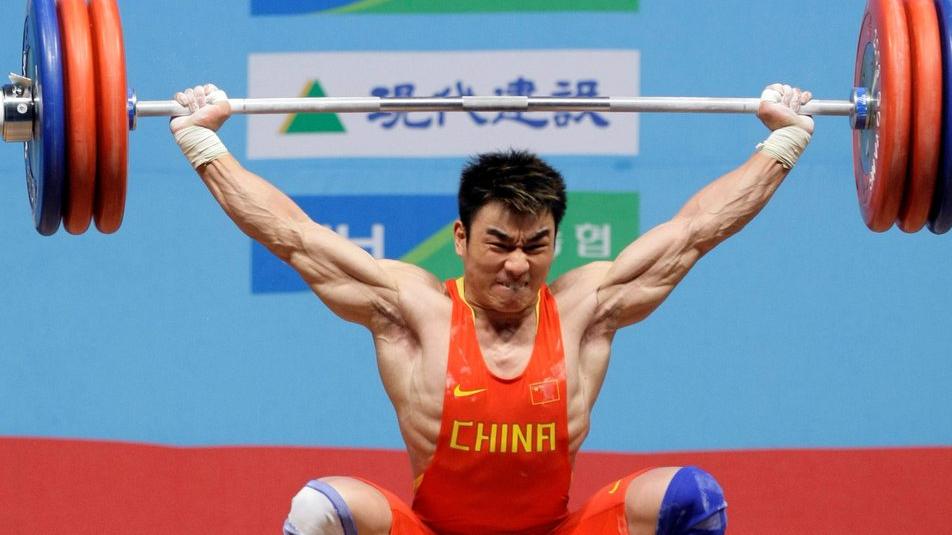
Cast Iron Plates
As the same suggests, cast iron plates are made using a casting of solid iron.
They are then covered in either an enamel paint or that super-cool weathered look lacquer you get from a hammertone paint.
Some cast iron plates have built in handles so you can carry them easier. Others are round and have a lip on them.
They don’t tend to be as expensive as the better rubber plates.
Best of all they make a cool metal on metal noise when you jam them against each other. It’s what we call ‘plate thunder’ in the SpotMeBro offices.
That there is the real sound of a bodybuilding gym.
Because cast iron plates aren’t used in competition, they come in all shapes and sizes. From circular to hexagonal, and from standard Olympic diameter to much smaller ones too.
Cast iron plates don’t have a standardized center hole either. Some come in 2 inch holes, and others in 1 inch. They come in all kinds of thicknesses too.
Load up a bar with various cast iron plates and it’ll look like a complete Frankenstein’s monster – like a bunch of metal stuff randomly thrown onto your barbell.
But hey, heavy load is heavy load.
And when you’ve gotta lift it doesn’t matter what the bar looks like.
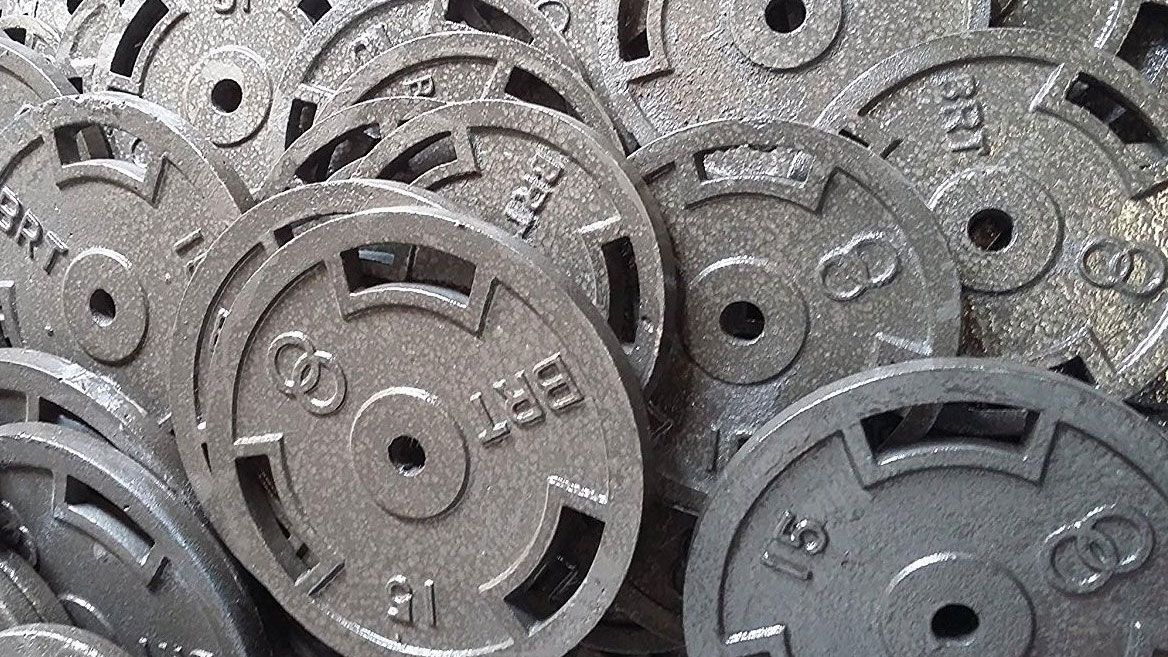
Cast iron plates can easily break
You know that sign in the gym that says ‘please don’t drop the weights’.
That’s there for a reason. Not because you’ll make a noise and hurt some poor snowflake’s feelings. Not even because the room will shake like a fat dude running.
But because you’ll more than likely smash the sh*t out of the plates. And once they’re broken they’re no good.
Even if they are coated in a thin plastic covering, it’s not enough to protect them from the hairline cracks that accumulate every time some dumb ass drops them on the floor.
What should you use cast iron plates for?
Anything really.
As long as you don’t plan on dumping the bar on the ground from height you’re good to go.
Whether it’s curls, presses, rows or load ass deadlifts. Cast iron plates are an all-round, old school gym bro plate.
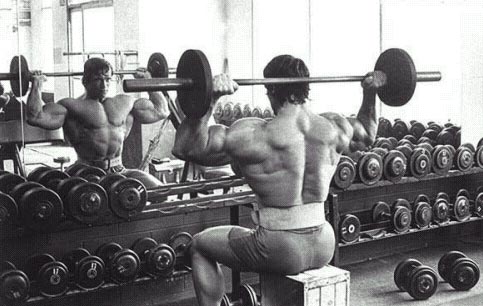
Summary – Cast Iron vs Rubber Plates
Whether you should use a rubber plate or cast iron plate depends on what you’re using it for.
Rubber bumper plates are designed for Olympic lifting, where dumping the bar from height is common. They don’t break in half and they won’t damage your gym floor.
Cast iron plates are more old school.
They’re versatile and can be used for pretty much anything – but they can break if you drop them.
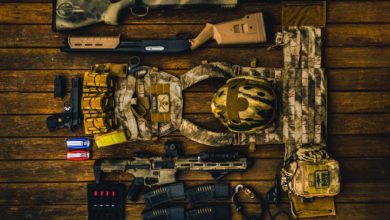
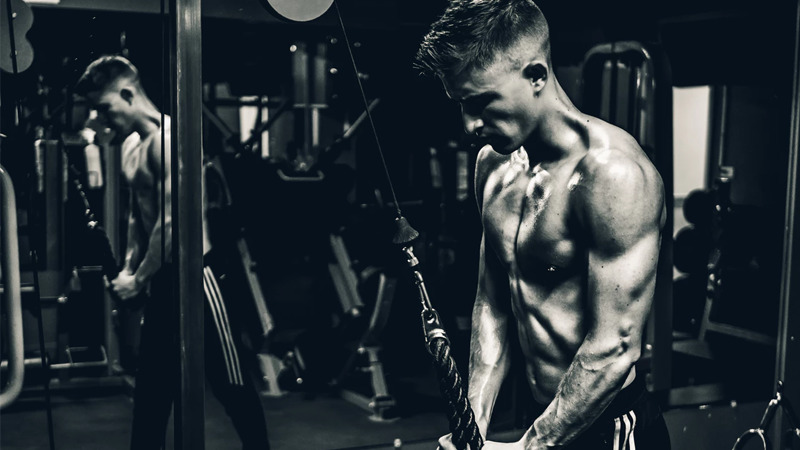
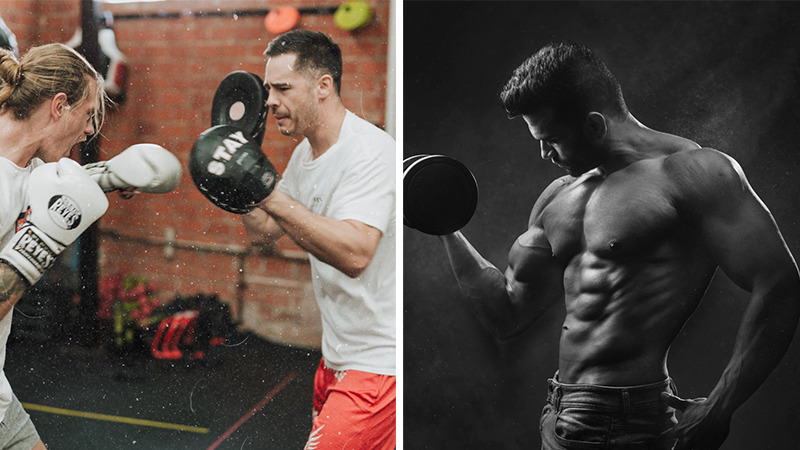
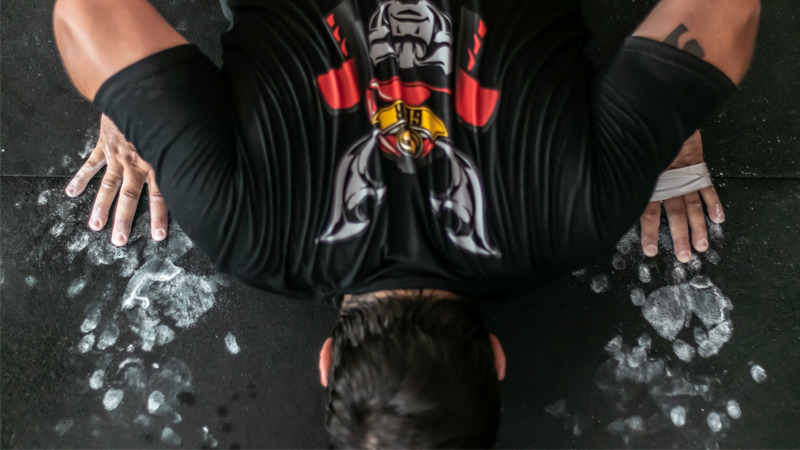
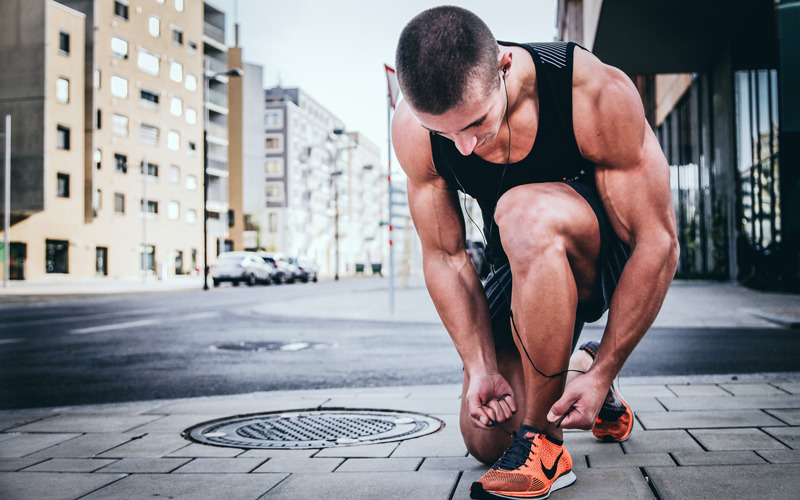
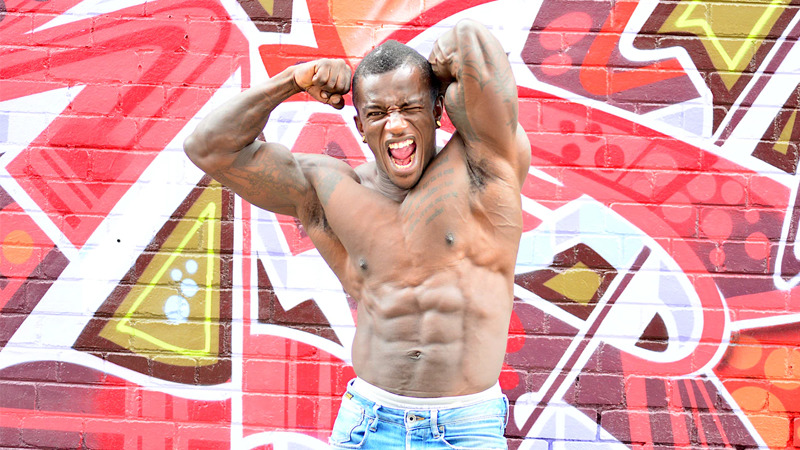
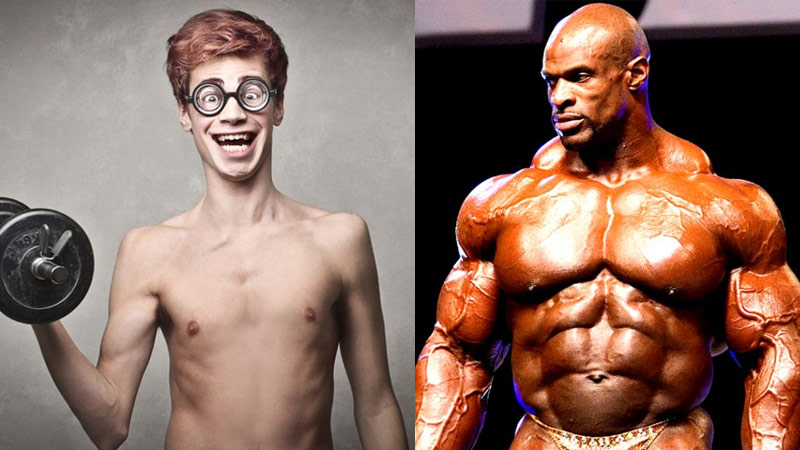
Which one is more difficult to lifting either 100 kg of iron plates or 100 kg of rubber plates…????
2… Is material actually depends on weight..???
The cast iron weights are smaller in size in comparison to rubber weights of same weight. I feel more comfortable in cast iron plates for biceps and triceps .
I can definitely lift heavier using rubber hex dumbells, they seem easier to get into position for over head lifts and as the author mentions you don’t have to be mindful of dropping the weight
I can definitely lift heavier using rubber hex dumbells, they seem easier to get into position for over head lifts and as the author mentions you don’t have to be mindful of dropping the weight . The screw on pins used for cast iron weights break easily
Does the cast iron plates can get rusty? I don’t intend to smash the plates to the floor, but i want to buy the rubber plates. But again the price is 2-folds from the cast iron. I only use it in my house. What can you suggest me? (I intent to use it for squats and DL.
Hi Santi, iron plates may start to rust after some time. Better ones will have a coating, such as black oxide, chrome, or zinc. You could use a wire brush to remove any visible rust. And soak them in a 50% vinegar, 50% water solution if they do get rusty.